Many of us love the winter season, but it comes with the risk of frozen plumbing lines. If you're new to home winterization, you may be questioning how to keep laundry room pipes from freezing. We've combed through the research and have tons of helpful answers for you!
There are several techniques used to prevent laundry room pipes from freezing over and bursting. For maximum protection from harsh winter temperatures, prepare by following these easy steps:
- Add piping insulation
- Set up a space heater
- Use a faucet drip
- Turn the water off when leaving town
So, how exactly do these particular measures help? At what temperature do exposed pipes freeze? Will galvanized pipes burst when frozen? Continue reading for awesome tips on the process of safeguarding against winter pipe damage!
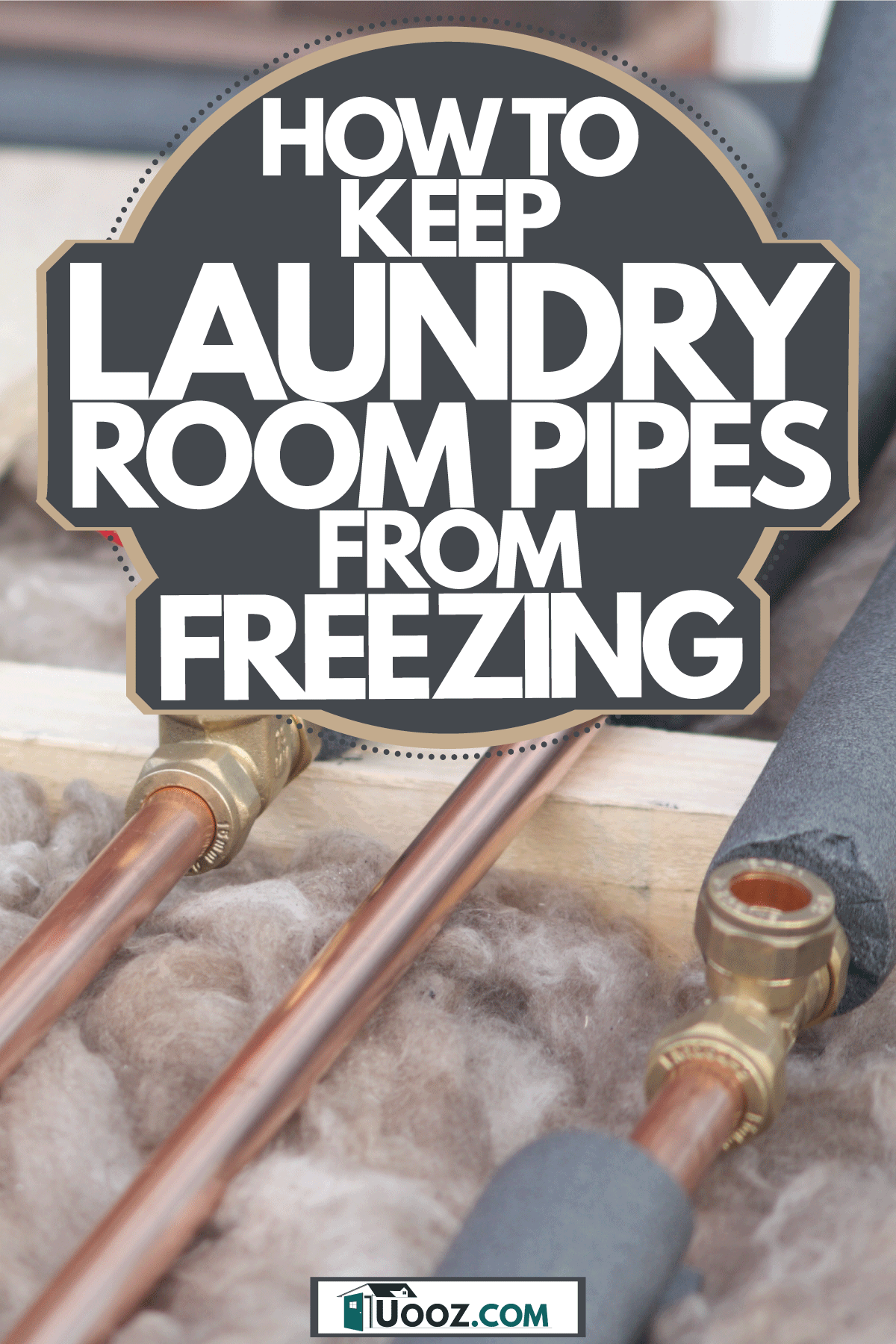
At what temperature do exposed pipes freeze?
Before we cover particular techniques, it's essential to establish the conditions you're fighting against. Generally speaking, uninsulated piping is at risk of freezing when the outside temperature falls to 20 degrees (F) and under. If you happen to live in an area where this situation occurs, it is vital to counter the potential destruction it may bring about.
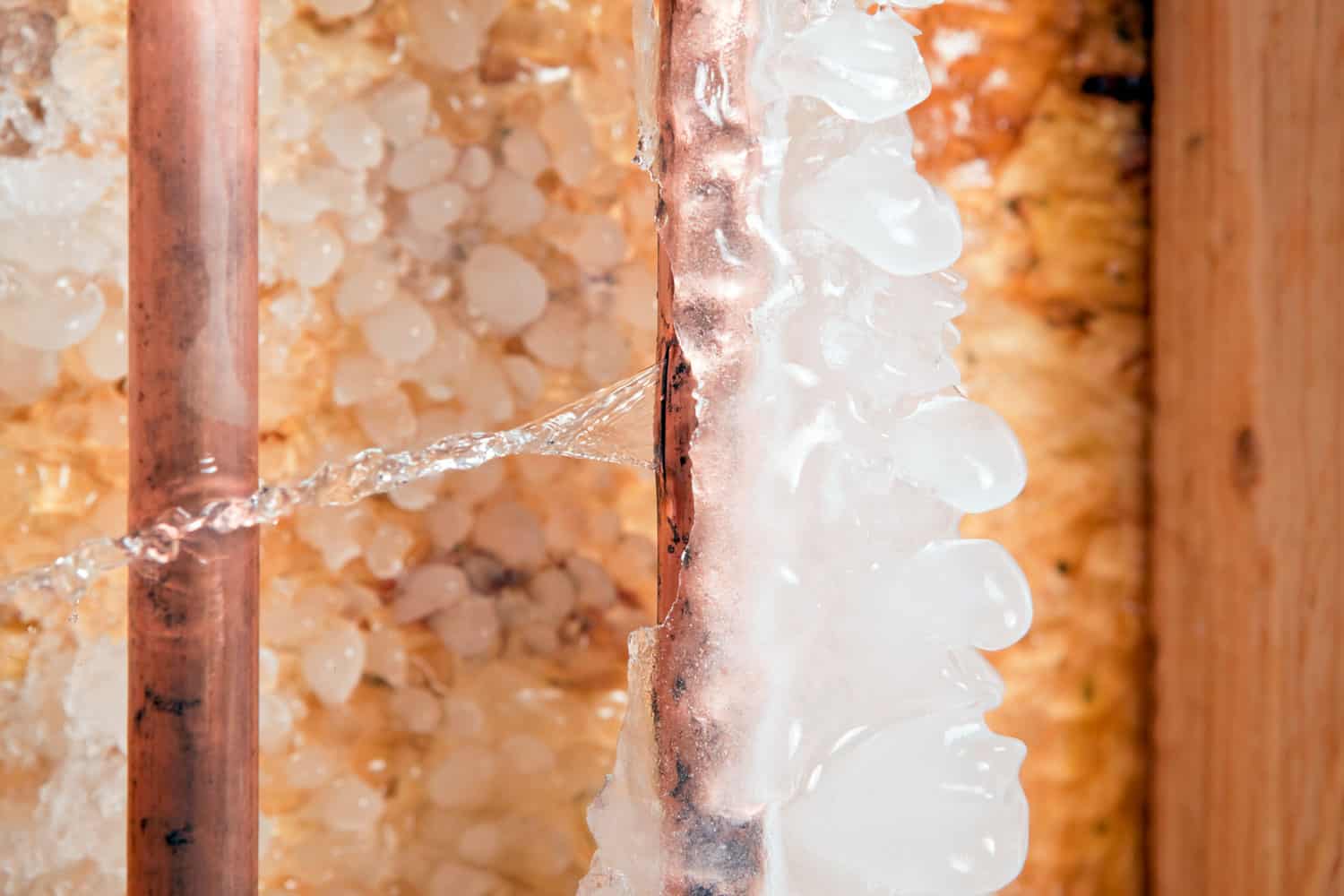
Dangers of frozen pipes
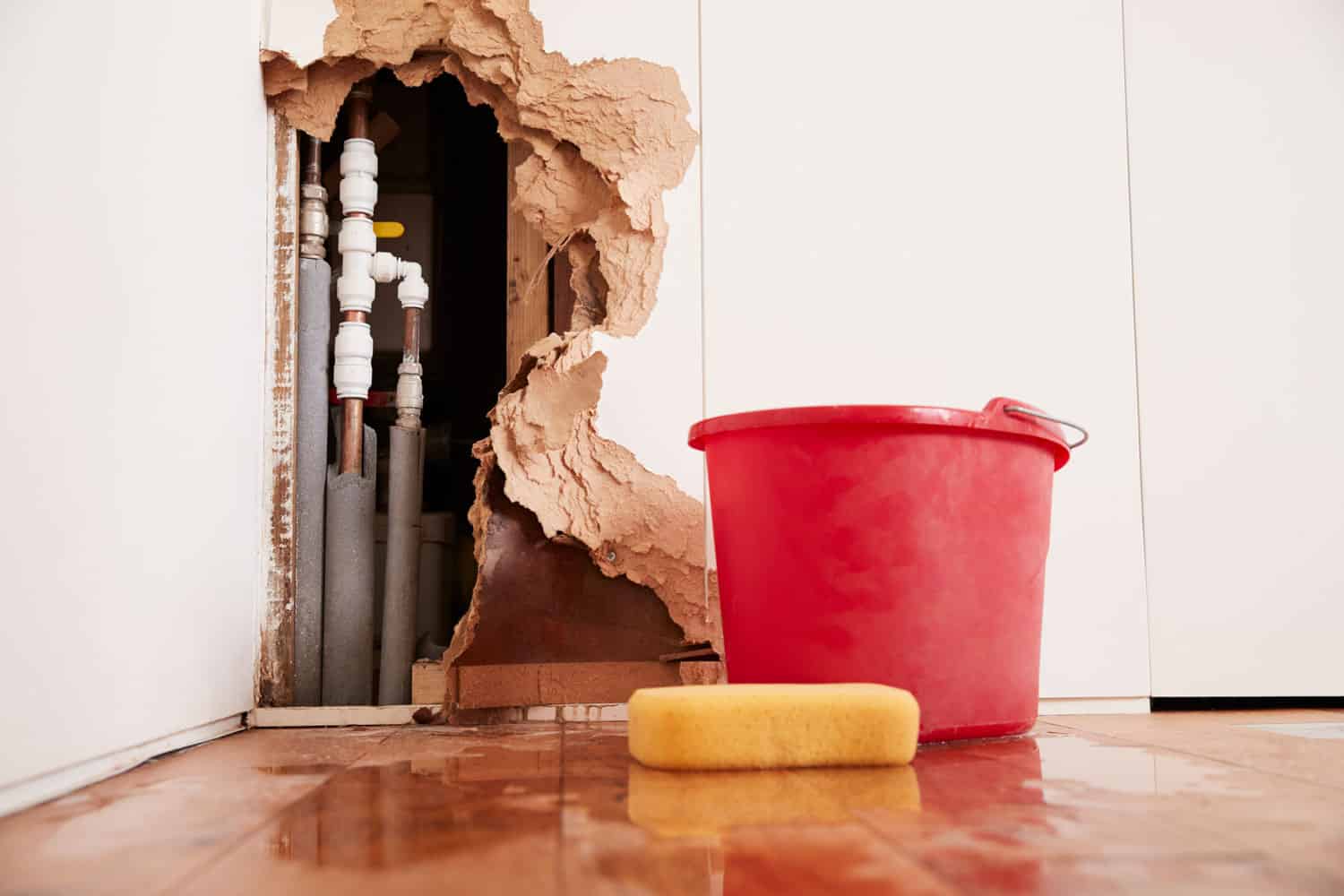
If your pipes ice over, multiple problems arise that can be extremely expensive and frustrating to correct. Since water expands when it freezes, it subjects the piping to immense stress. Eventually, it can burst under pressure. This might be localized to one area, but it's also possible for the pipe to hairline crack all the way down the line!
Take a look at some of the costly and dangerous issues that are connected to frozen or burst pipes:
- Flooding
- Water damage to appliances, floors, and walls
- Black mold
- Forced total replacement of piping, flooring, and drywall
- Possible electrical damage
Wow. We'd definitely love to avoid all that!
Methods of protecting laundry room plumbing
Now, we've established exactly what we're attempting to avoid. So, let's dive into the ways you can thwart these problems before they start!
Add piping insulation
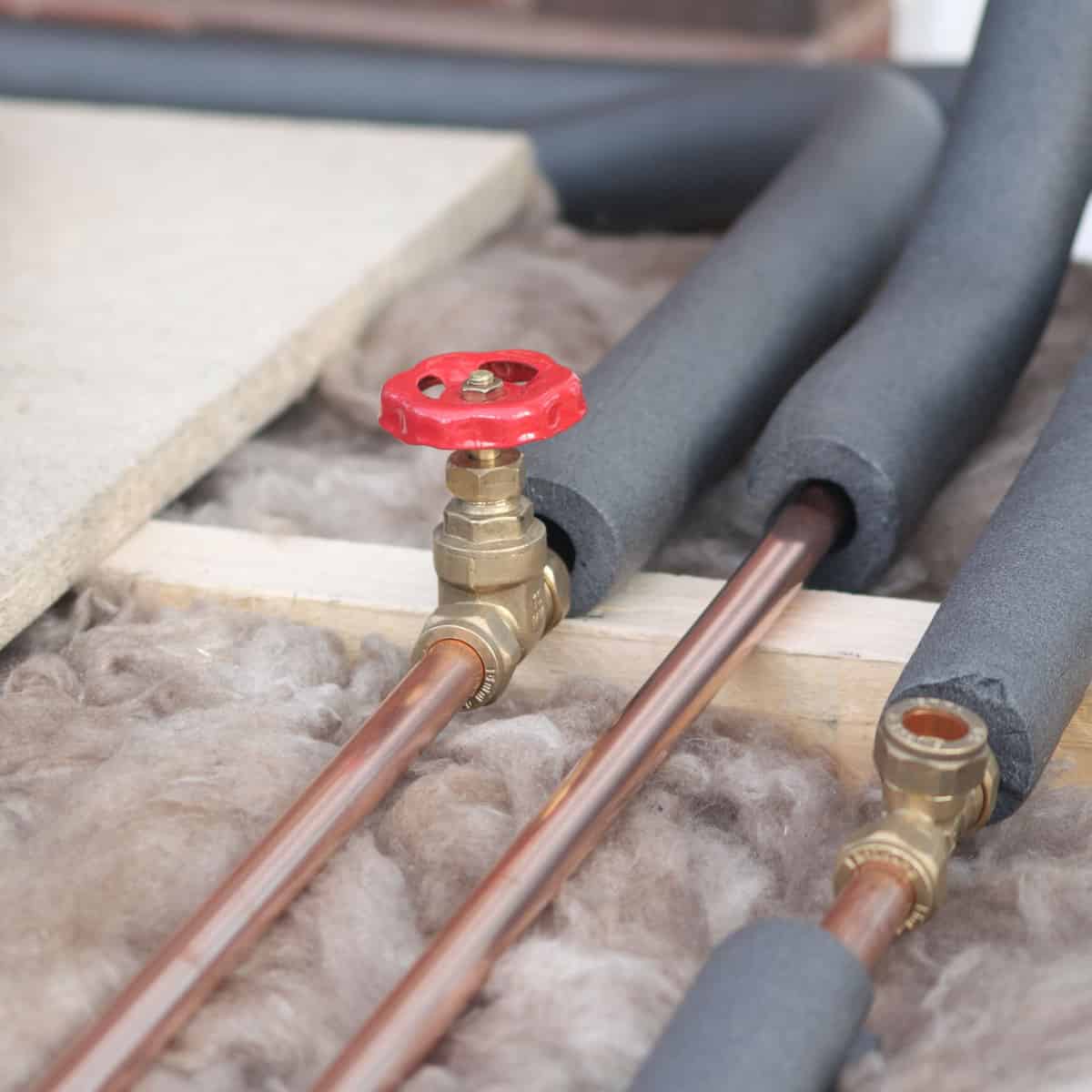
The most effective first step you can take is to add insulation to your laundry room pipes. Common designs include foam tubing that slips over the piping and a foil-based insulation wrap that resembles tape. Some even contain active heating technology. They function by adding an extra layer of thermal protection to help regulate temperature and control condensation.
These products are pretty cost-effective and easy to find at any home improvement store. Best of all, it's a simple job that anyone can do without complications!
Click here to see Self-Sealing Tube Pipe Insulation on Amazon.
Click here to see Pipe Wrap bubble Film on Amazon.
Set up a space heater
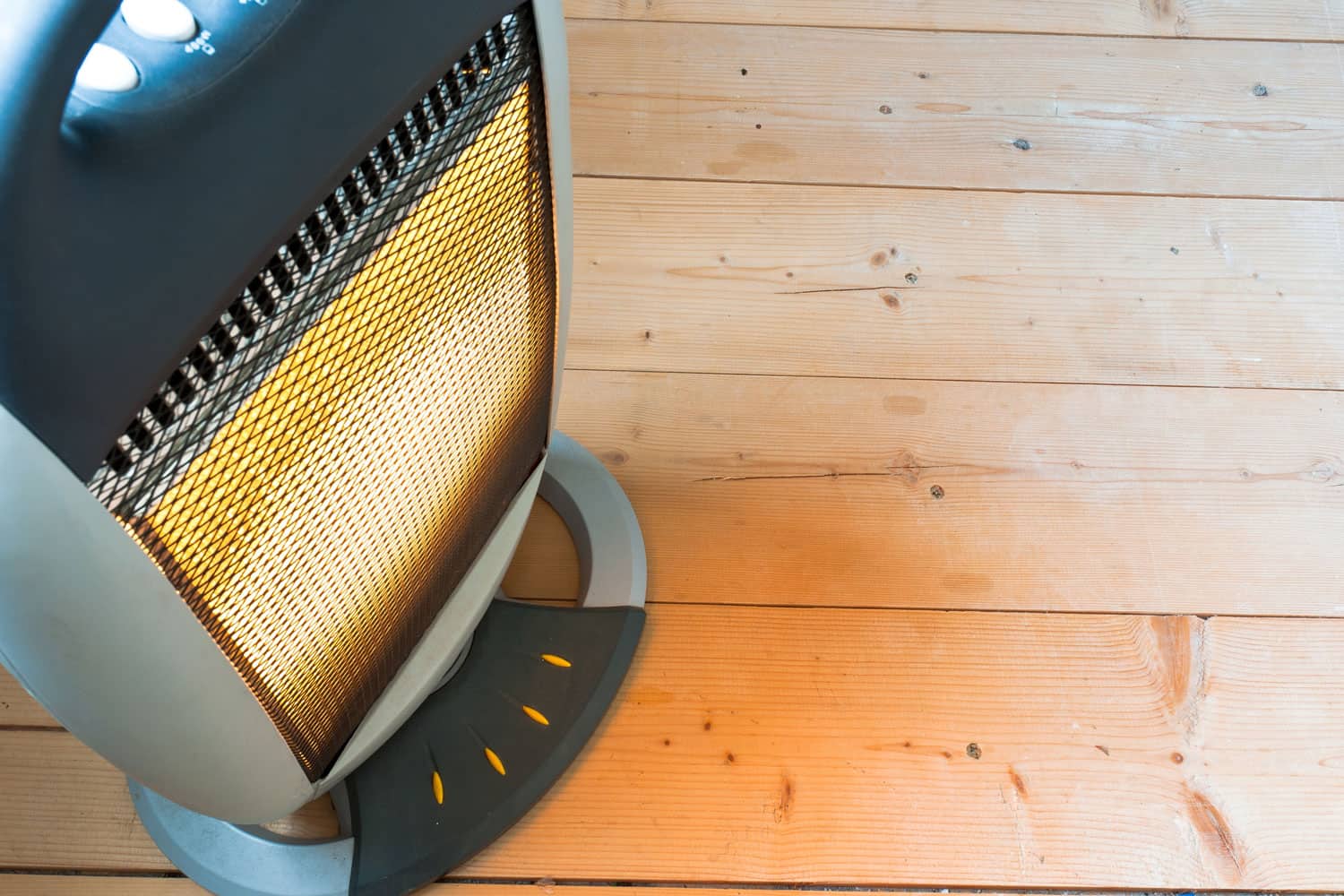
Another uncomplicated measure to take is to merely add a portable heater to the laundry area. This small hack often has a significant impact, especially if the room contains a door. It will increase the room temperature, thus preventing any pipe freezing.
Most modern variations have an auto-on/off setting to use, so the heater isn't running constantly. It will heat to a pre-set level and then shut off until the temp falls again. Depending on the size of the area and personal preference, you might choose anything from a small space heater or even a radiator model.
We need to add a note here. It's important to remember when dealing with portable heaters to always employ proper safety measures to avoid accidental fires. Read the manual for your particular model and take its recommendations seriously!
Click here to see Small Space Oscillating Ceramic Heater on Amazon.
Click here to see ComfortZone Electric Radiator Heater on Amazon.
Use a faucet drip
Setting up a faucet drip during the chilly months assists in preserving not only the laundry room pipes but all the piping throughout your home. It takes all of two seconds and requires no tools! When the temperature takes a dip, pick a faucet on those cold nights and turn it on just enough for a light, steady drip. It can be any faucet in the house. If your residence is large, you may want to set up a drip in a couple of different locations.
What this does is decreases the pressure in the piping and forces the water to flow continuously. Moving water requires more effort to freeze than if it's only standing. This also helps prevent minor ice blockages from forming as well.
Turn the water off when leaving town
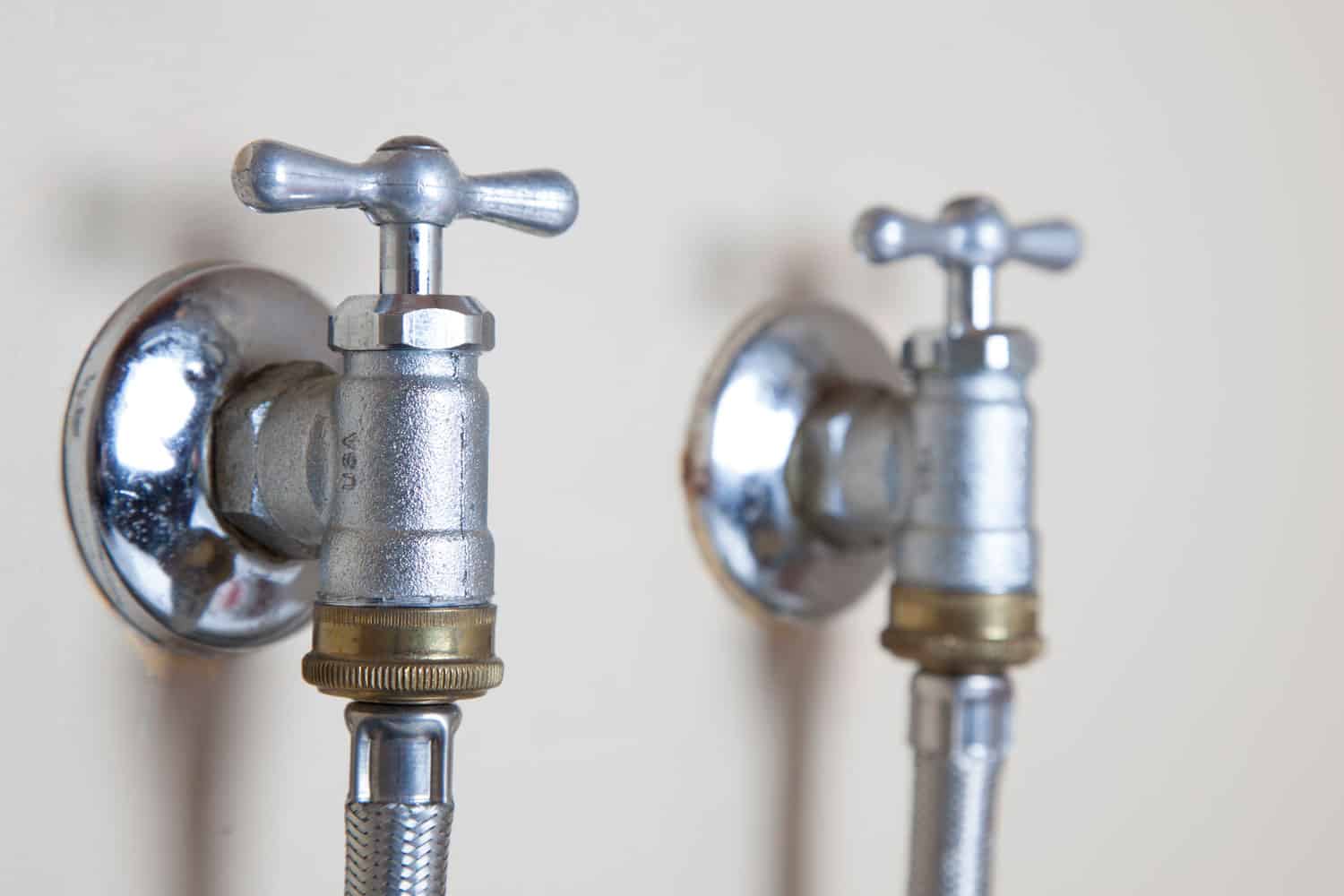
If you decide to head out of town for any significant amount of time during the winter, consider turning off the water supply to the laundry area. This will virtually eliminate the chance of frozen or burst pipes during your absence. This is especially effective if you also leave your central heat on. It doesn't have to be as warm as if you were present; just about 55 degrees (F) is adequate.
To do this, hunt down the water controls for the washing machine. These are normally on the water directly behind the appliance. If not, visually follow the piping until you locate them. In most cases, there will be two knobs- one for hot and another for cold water. Just turn both knobs to the off position, and the water will be cut off. When you come back, return them to their previous positions.
Does wrapping pipes prevent them from freezing?
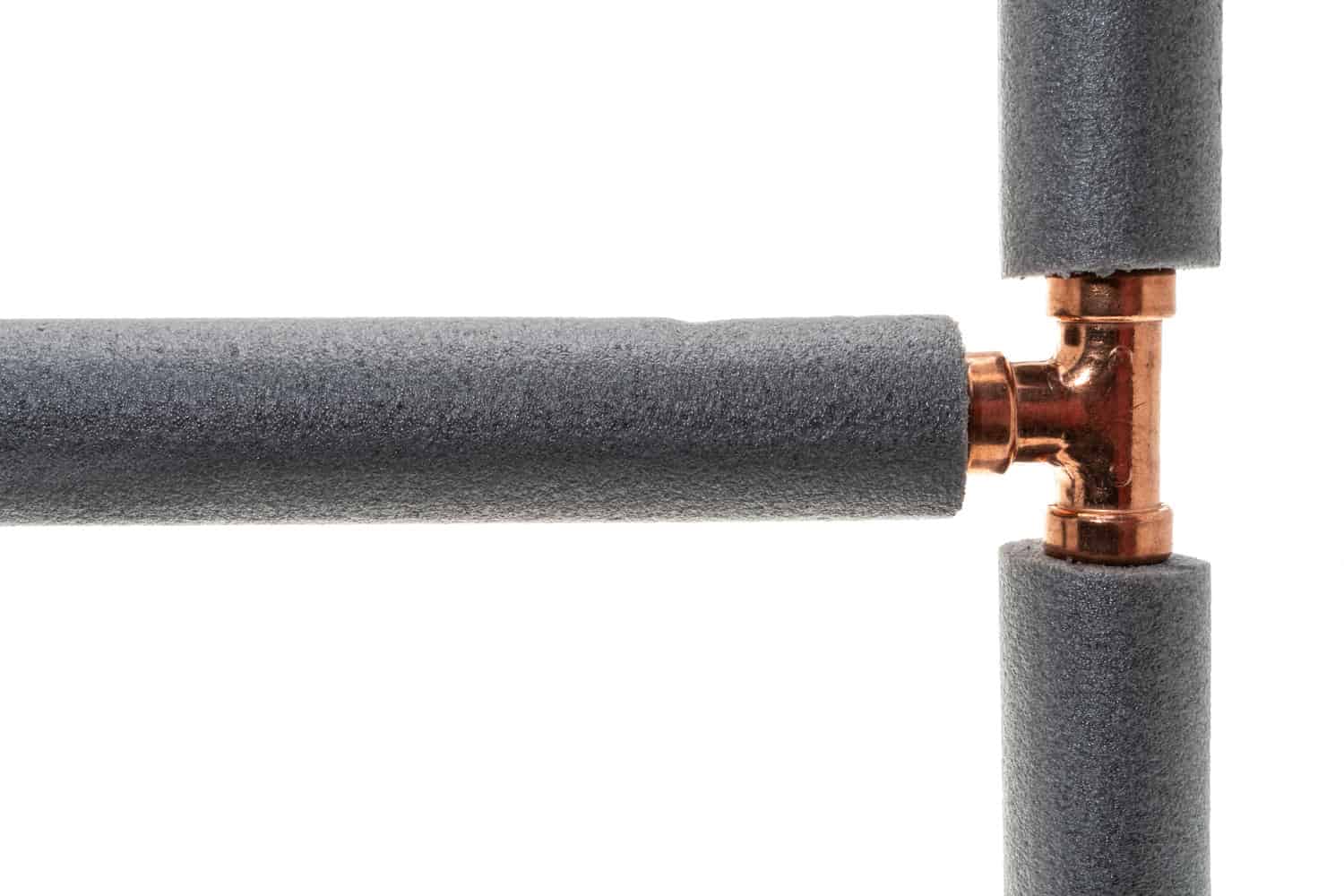
Wrapping your exposed pipes in foam insulation or tape goes a long way towards maintaining heat in piping. This should nearly always be your first line of defense. This measure is often enough for those who live in more mild climates that do not often see temperatures at 20 degrees (F) or below. However, those who regularly experience frigid conditions may also have to take the additional steps we previously mentioned.
Can pipes freeze if the water is turned off?
Cutting off the local water supply makes it highly unlikely that your pipes will freeze. The reason it's effective is that there's little to no water present to ice over. This can be focused on your laundry area in particular or all the piping throughout the residence.
We already discussed turning off the washing machine water line. If you want to protect your entire home while out of town, you'll need to locate the water main switch and shut off the valve. Next, turn on all the faucets and leave them open to bleed the water out of the system. Flush the toilets, as well, until there's no remaining water. Once you're ready to inhabit the space again, close the taps and reactivate the water main.
Will galvanized pipes burst when frozen?
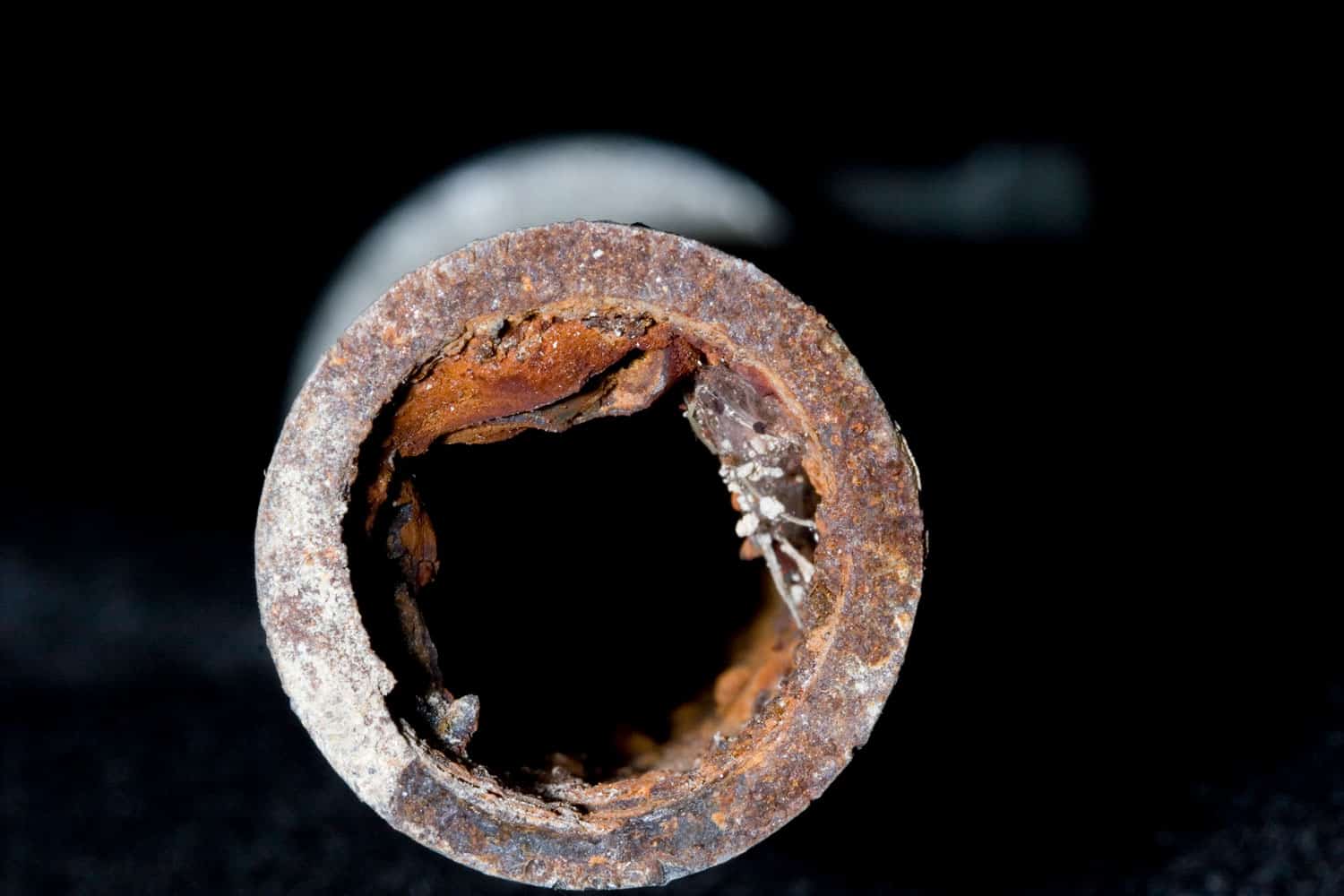
Galvanized pipes are no longer the standard plumping installed in residential homes. If you're dealing with galvanized piping, your house was most likely constructed before the 1960s. Since then, copper plumbing has been the default choice.
Although the exterior coating on galvanized is rust-resistant, they don't tolerate water hardness very well. This leads to rust accumulating on the inside of the pipe. That, in turn, weakens the structural integrity over time, making them more susceptible to bursting when frozen.
The expected lifespan for this material is only 40 years. After that, the corrosion and deterioration levels can become dangerous. Toxic lead and iron can even end up in your drinking water. Professional plumbers recommend that galvanized pipes be replaced by copper as soon as possible.
To Summarize
Well, it's time to wrap things up- pun intended!
In this post, we suggested several methods of preventing your laundry room pipes from freezing. Grab some piping insulation, add a space heater, and use a faucet drip. If you decide to fly south for the winter, cut the water supply before you leave.
As a parting note, if you know your home still has galvanized plumbing, consider having it updated.
Can PEX Pipes Freeze And Burst? What homeowners need to know




